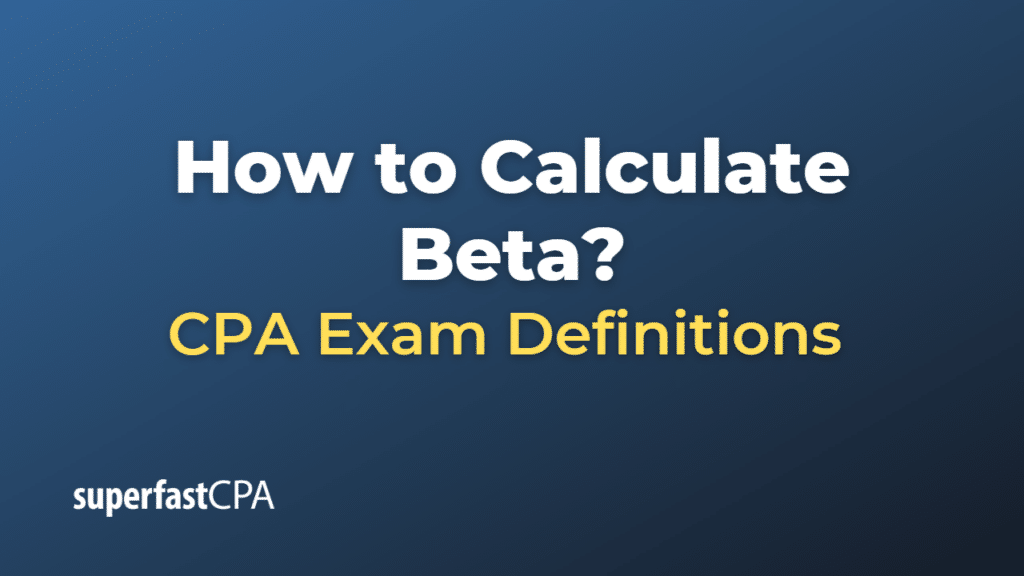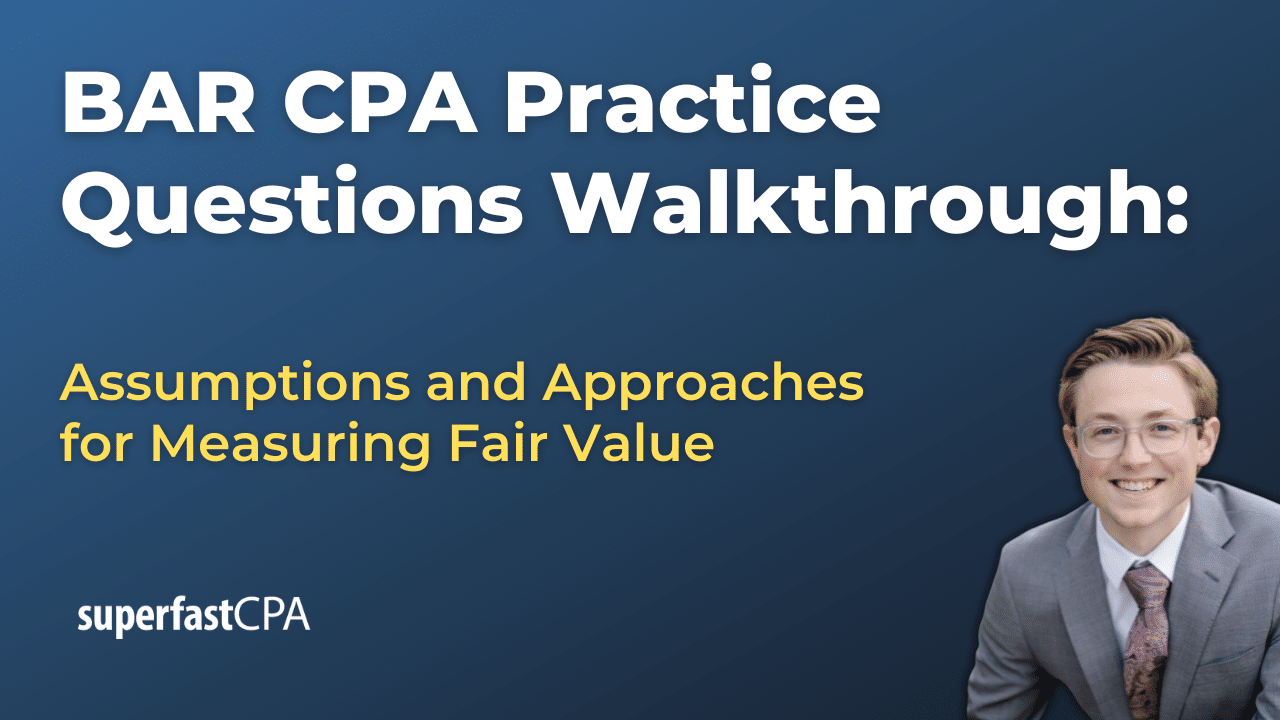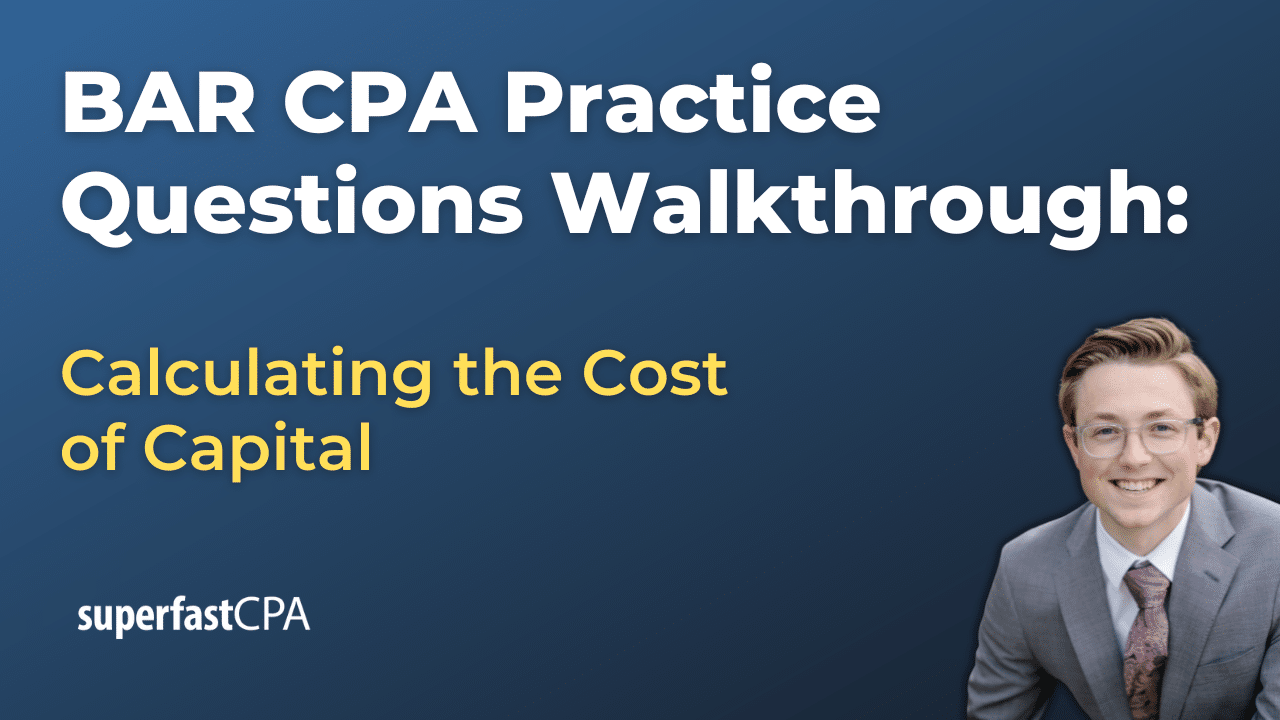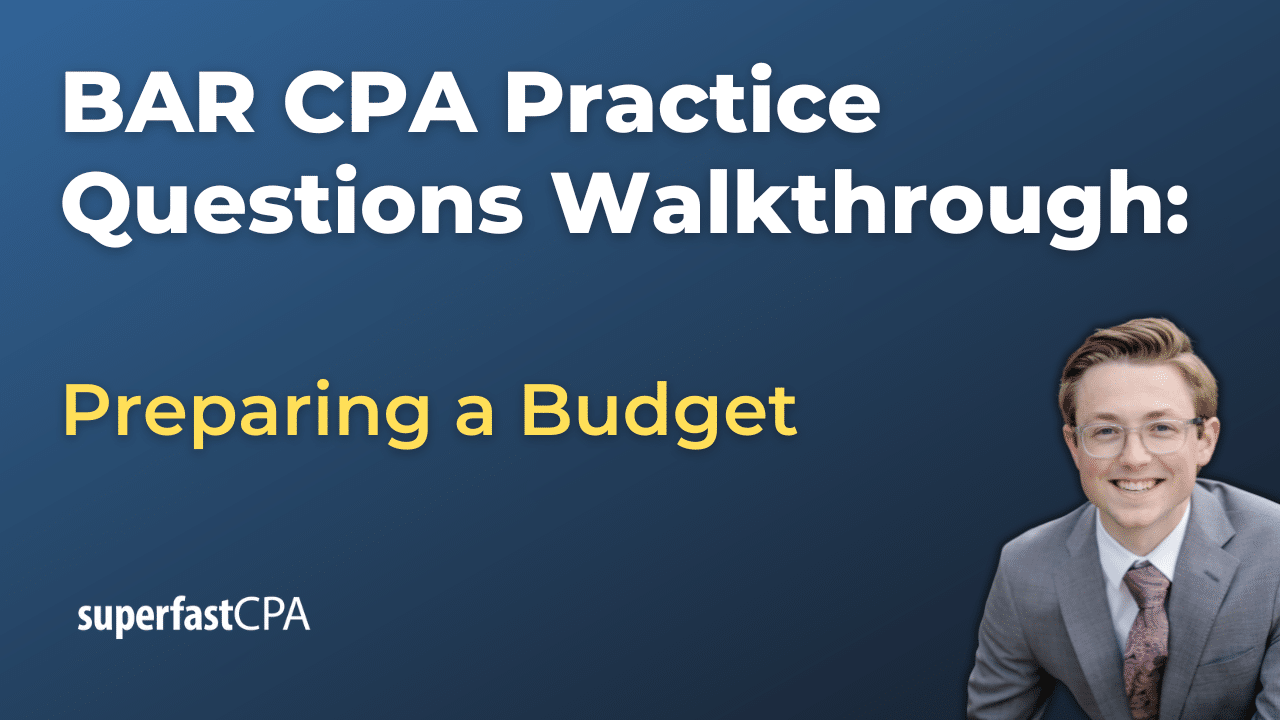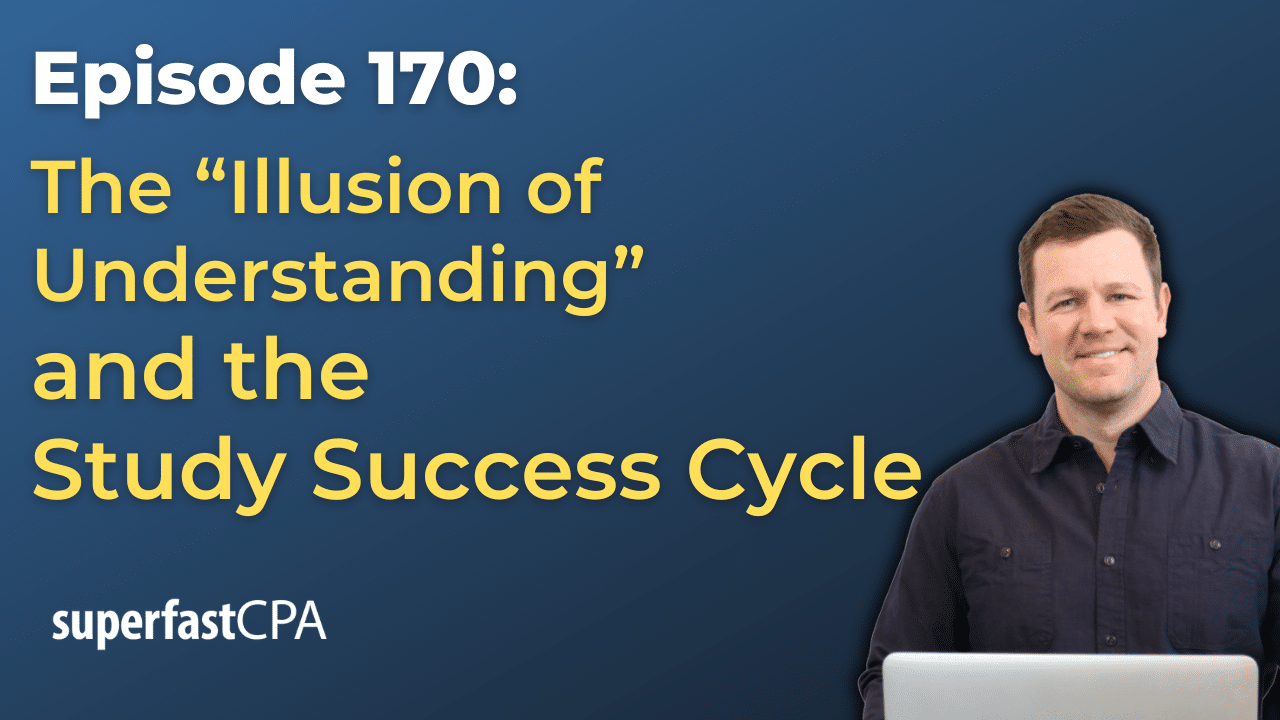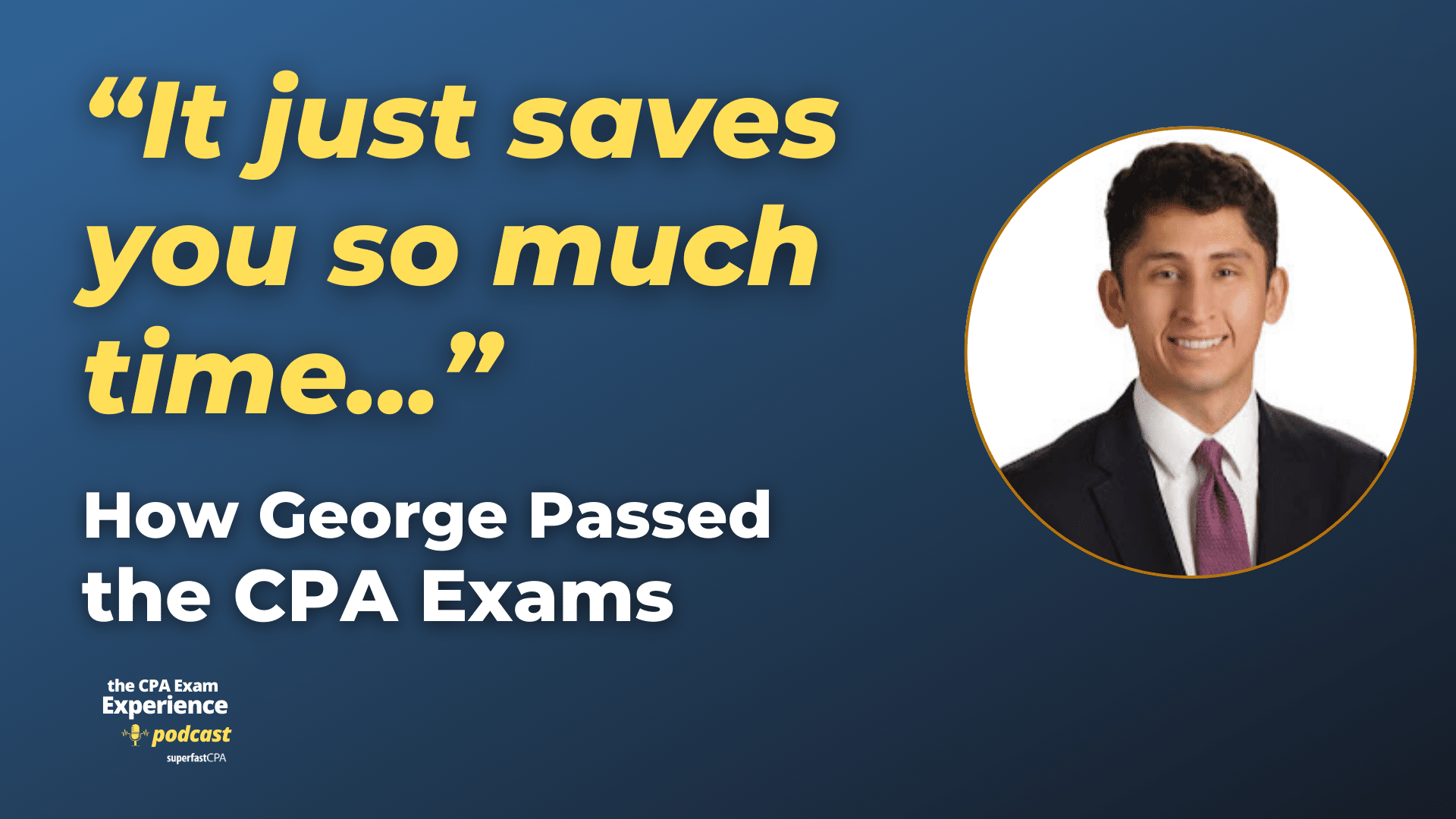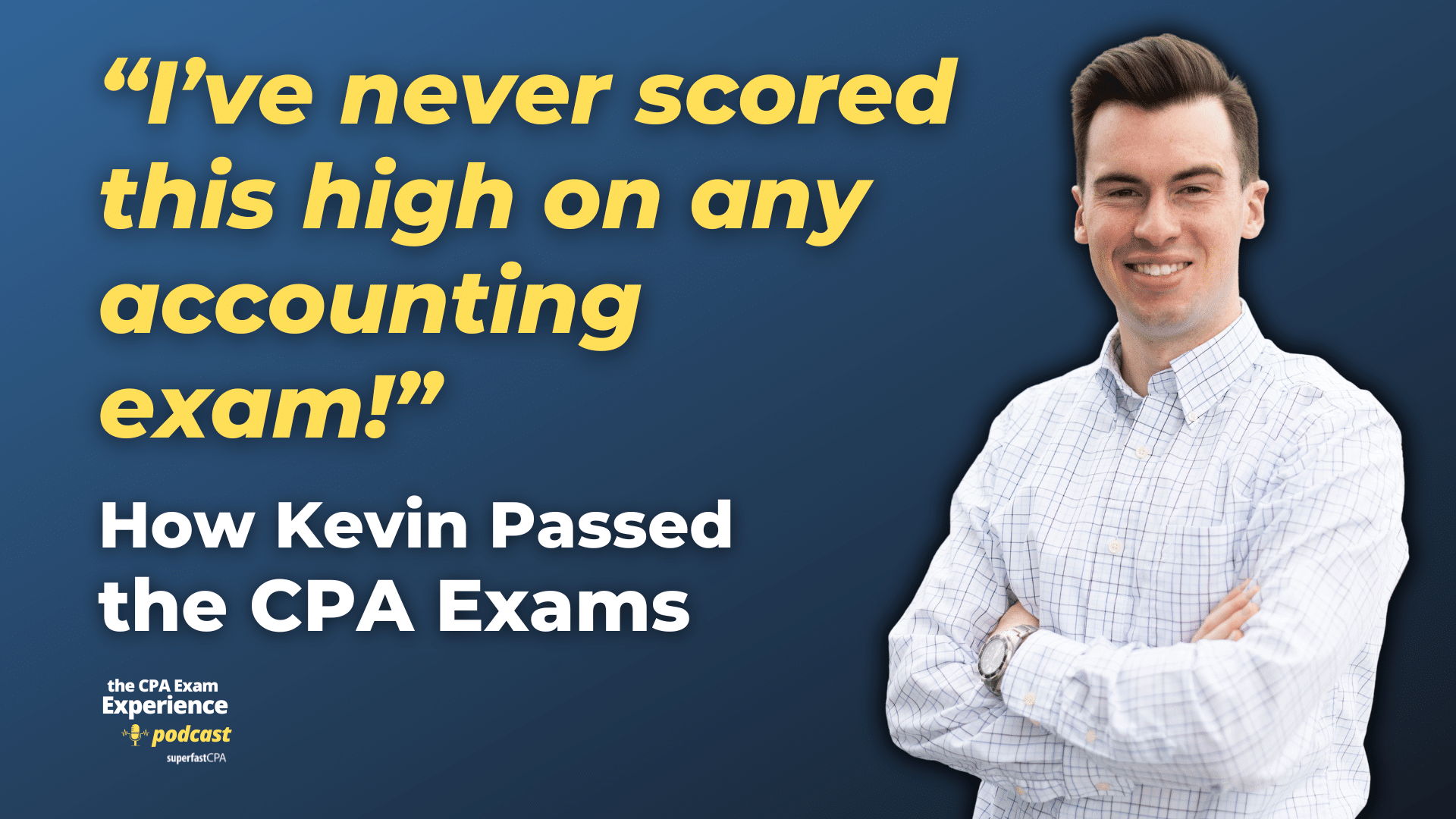How to Calculate Beta
Beta is a measure of a stock’s volatility in relation to the market. By definition, the market, such as the S&P 500 Index, has a beta of 1.0, and individual stocks are ranked according to how much they deviate from the market. A stock that swings more than the market over time has a beta above 1.0.
Beta can be calculated using regression analysis, which is a statistical process for estimating the relationships among variables. You can compare the returns of an individual stock to the returns of a suitable market index over the same period.
Here’s the formula:
Beta = Covariance(Return of the stock, Return of the market) / Variance(Return of the market)
Where:
- Covariance measures the total variation of two random variables from their expected values.
- Variance measures how far a set of numbers (returns in this case) are spread out from their average value.
Using historical stock and market data, you can calculate beta as follows:
- Determine the stock returns and market returns for each period you are analyzing.
- Calculate the average return for the stock and for the market.
- Calculate the deviations of the stock returns and market returns from their respective averages.
- Calculate the covariance between the stock and the market, which involves multiplying the deviations calculated in step 3 for each period, then getting the average.
- Calculate the variance of the market returns, which involves squaring the deviations of the market returns from the average market return, and then taking the average.
- Divide the covariance by the variance to get the beta.
Alternatively, beta values for individual stocks are often provided by financial websites and services, which do these calculations using historical data.
Please note, Beta should be used along with other statistical measures for investment decision as it has its own limitations, one being it relies on historical data which does not guarantee future behavior.
Example of How to Calculate Beta
Note that in reality, beta is typically calculated with more data points and over longer periods of time.
Let’s say we want to calculate the beta for a company’s stock, using the S&P 500 index as our market benchmark. We’ll look at five time periods (though, again, real calculations would typically use more).
First, we need the returns of the stock and the S&P 500 for each period:
| Period | Stock Return | S&P 500 Return |
|---|---|---|
| 1 | 2% | 1% |
| 2 | 3% | 1.5% |
| 3 | 1% | 1% |
| 4 | -1% | -0.5% |
| 5 | 2% | 1.5% |
From here, we calculate the average return for both the stock and the market:
- Average Stock Return = (2% + 3% + 1% – 1% + 2%) / 5 = 1.4%
- Average Market Return = (1% + 1.5% + 1% – 0.5% + 1.5%) / 5 = 1%
Next, we calculate the deviations from the averages for each period:
| Period | Stock Deviation | Market Deviation |
|---|---|---|
| 1 | 2% – 1.4% = 0.6% | 1% – 1% = 0% |
| 2 | 3% – 1.4% = 1.6% | 1.5% – 1% = 0.5% |
| 3 | 1% – 1.4% = -0.4% | 1% – 1% = 0% |
| 4 | -1% – 1.4% = -2.4% | -0.5% – 1% = -1.5% |
| 5 | 2% – 1.4% = 0.6% | 1.5% – 1% = 0.5% |
Now we calculate the covariance and variance:
- Covariance = [(0.6% * 0%) + (1.6% * 0.5%) + (-0.4% * 0%) + (-2.4% * -1.5%) + (0.6% * 0.5%)] / (5 – 1) = 0.005625
- Variance = [(0%^2) + (0.5%^2) + (0%^2) + (-1.5%^2) + (0.5%^2)] / (5 – 1) = 0.003125
Finally, we calculate the beta:
- Beta = Covariance / Variance = 0.005625 / 0.003125 = 1.8
So, in this example, the stock has a beta of 1.8, meaning it has been more volatile than the market over these periods. Again, this is a very simplified example and the real process usually involves many more data points and a longer time period.

